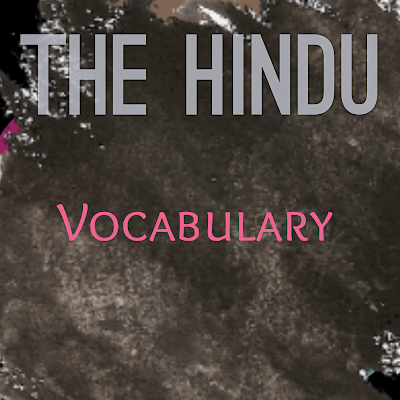NCERT History notes class 6 (chapter 8)
NCERT Class 6 History notes
Chapter 8- "ASHOKA, THE EMPEROR WHO GAVE UP WAR"
In this chapter of NCERT we are gonna read about the great emperor Ashoka and his empire.
--Ashok was one of the greatest emperor and on his instructions inscriptions were
carved on pillars, as well as on rock surfaces.
-- The empire of Ashok was founded by his grandfather, Chandragupta Maurya, more than 2300 years ago.
-- Chandragupta was supported by a wise man named Chanakya or Kautilya.
-- Chanakya’s ideas were written down in a book called the Arthashastra.
-- There were several cities in the empire. These included the capital Pataliputra, Taxila, and Ujjain.
-- Taxila was a gateway to the northwest, including Central Asia, while Ujjain lay on the route from north to south India. Merchants, officials and crafts persons probably lived in these cities.
Ashoka’s empire:
-- In the empire officials were appointed to collect taxes from farmers, herders, crafts persons and traders, who lived in villages and towns in the area.
-- Officials also punished those who disobeyed the ruler’s orders. Many of these officials were given salaries.
-- The emperor supervised all the work by himself, with the help of members of the royal family, and senior ministers.
-- There were other areas or provinces. Each of these was ruled from a provincial capital such as Taxila or Ujjain. Although there was some amount of control from Pataliputra.
-- Royal princes were often sent as governors, local customs and rules were probably followed.
Besides, there were vast areas between these centres. Here the Mauryas tried to control roads and rivers, which were important for transport, and to collect whatever resources were available as tax
and tribute.
-- There were also the forested regions. People living in these areas were more or less independent, but may have been expected to provide elephants, timber, honey and wax to Mauryan officials.
==> Ashoka:
-- The most famous Mauryan ruler was Ashoka. He was the first ruler who tried to take his message to the people through inscriptions.
-- Most of Ashoka’s inscriptions were in Prakrit and were written in the Brahmi script.
-- Kalinga is the ancient name of coastal Orissa. Ashoka fought a war to conquer Kalinga. However,
he was so horrified when he saw the violence and bloodshed that he decided not to fight any more wars.
-- He is the only king in the history of the world who gave up conquest after winning a war.
-- He is the only king in the history of the world who gave up conquest after winning a war.
==> Ashoka’s dhamma:
-- Ashoka’s dhamma did not involve worship of a god, or performance of a sacrifice.
-- He felt that just as a father tries to teach his children, he had a duty to instruct his subjects.
-- He was also inspired by the teachings of the Buddha.
-- He appointed officials known as ‘dhamma mahamatta’ who went from place to place teaching people about dhamma due to problems like People in the empire followed different religions, and this sometimes led to conflict. Animals were sacrificed. Slaves and servants were ill treated.
Besides, there were quarrels in families and with neighborhood.
-- Ashoka got his messages inscribed on rocks and pillars, instructing his officials to read his message to those who could not read it themselves.
-- Ashoka also sent messengers to spread ideas about dhamma to other lands, such as Syria, Egypt, Greece and Sri Lanka.
-- He built roads, dug wells, and built rest houses. Besides, he arranged for medical treatment for both human beings and animals.


Comments
Post a Comment